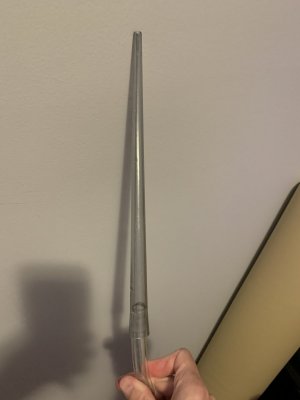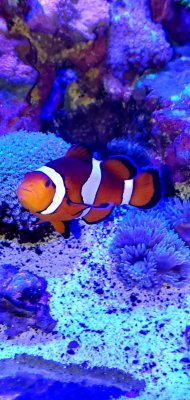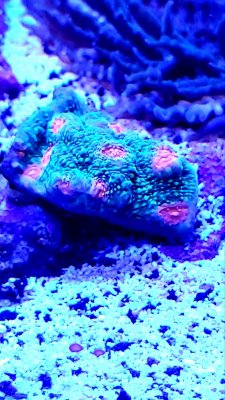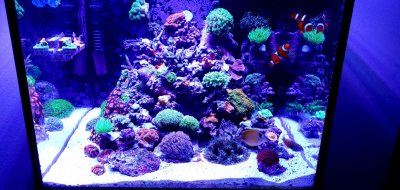I am in the process of nuking my 80 gal. reef now. My posts from months ago told of my outbreak of neomeris annulata and what I have tried to rid the tank of it. Since my last post I have tried several other things to starve, kill or control it and nothing has worked. It is even growing on the stony parts of the few corals I have. All that is left is the nuclear option. Not the fish. They will go into quarantine (kind of like us) until I know they are not carriers of spores from possibly eating some of it.
All rocks are in the process of being boiled (outside in the turkey fryer). They will then be baked in the oven just to be sure. All sand will be removed and later replaced with new sand. The tank and sump will be drained and refilled with tap water and two gallons of bleach. I plan on letting the system, read that all reactors, skimmer, chiller, everything water touches, run for two or more days with the bleach and then drain and refill several times to get the chlorine out. Clean the tank, sump and all equipment and set it up as a new tank.
The problem with the neomeris annulata is it is starting to grow on my probe holders and return bulkheads. I am hoping the bleach kills any remaining spores or remnants. This stuff is ridiculous.
I hope this works.
All rocks are in the process of being boiled (outside in the turkey fryer). They will then be baked in the oven just to be sure. All sand will be removed and later replaced with new sand. The tank and sump will be drained and refilled with tap water and two gallons of bleach. I plan on letting the system, read that all reactors, skimmer, chiller, everything water touches, run for two or more days with the bleach and then drain and refill several times to get the chlorine out. Clean the tank, sump and all equipment and set it up as a new tank.
The problem with the neomeris annulata is it is starting to grow on my probe holders and return bulkheads. I am hoping the bleach kills any remaining spores or remnants. This stuff is ridiculous.
I hope this works.






















